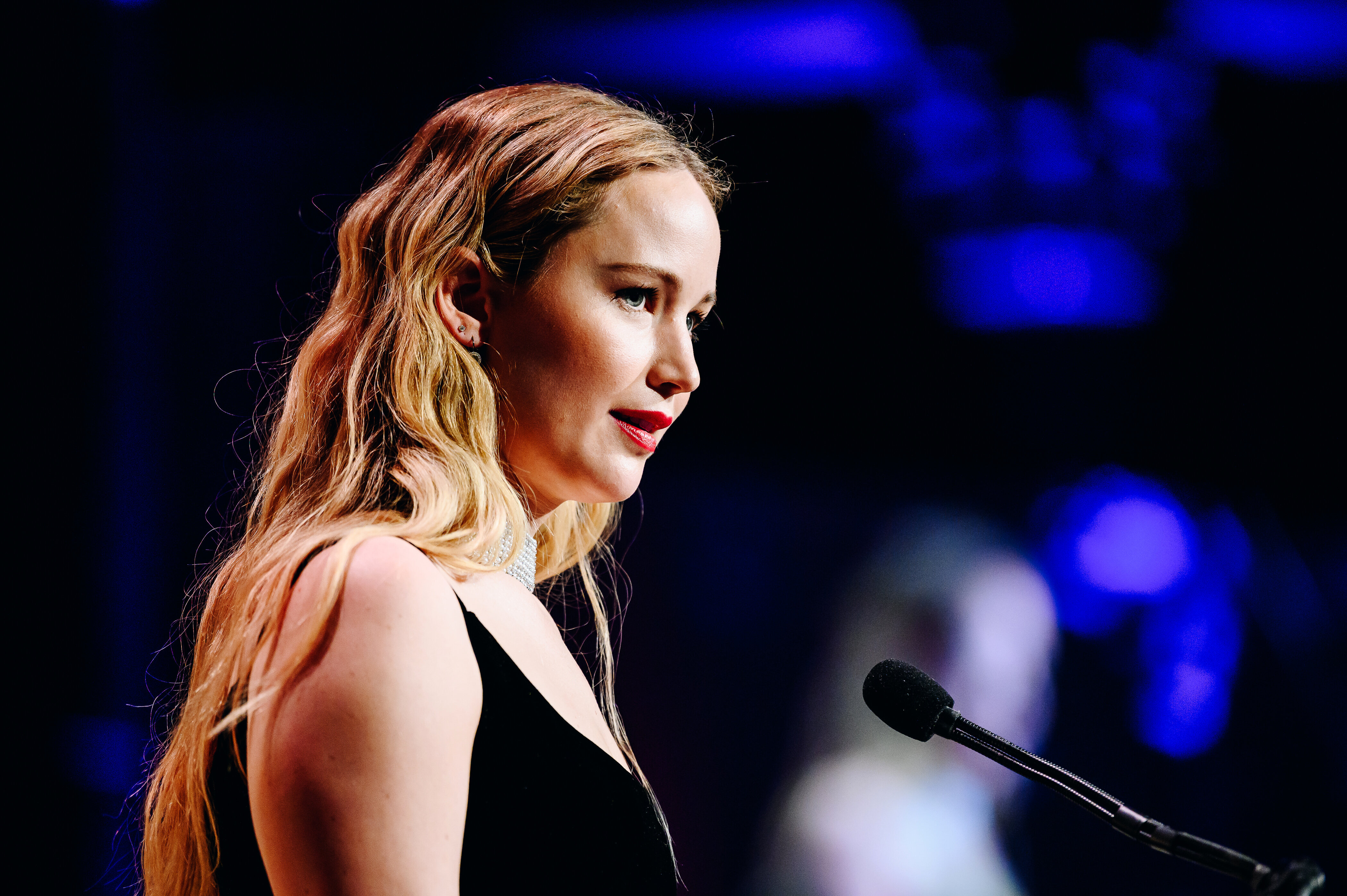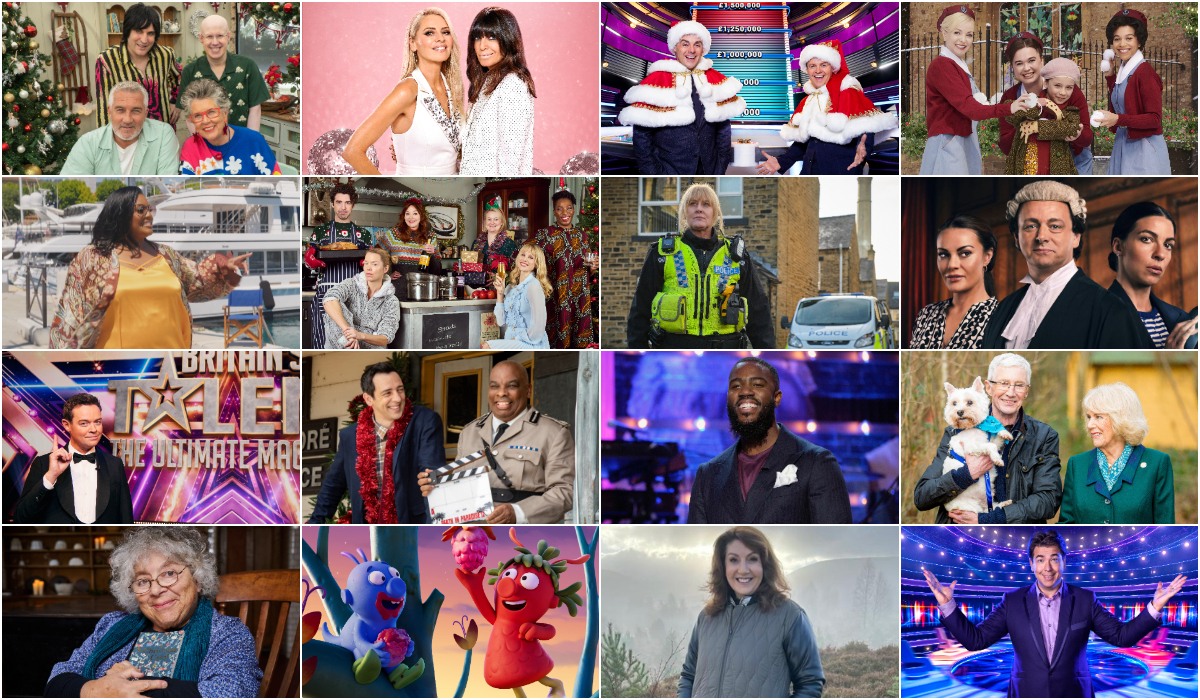
A list of older women with iconic style has no business existing. After all, there isn’t one for men ― there are no celebrations of older men or younger men, just men.
You can trot out the trifecta of grand dames in film (Meryl Streep, Helen Mirren, Glenn Close) in defence, but it won’t work. This is because data shows that these women are the exception: The beauty and entertainment industries have been “quiet quitting” on older women for decades.
These attitudes create a grimly Darwinian system where younger talent edges older peers out of substantive work opportunities, skewing scripts and visibility in their favour. Older women simply stop existing in the public eye. Men don’t have to contend with this swing-of-the-spotlight phenomenon that leaves an entire demographic’s rich inner lives unilluminated. Research confirms this: age has no dampening effect on men’s careers. Men continue to headline projects ― and long after their female peers do. The long held artistic belief that women’s experiences are essentially intimate wranglings of little value while men’s are significant events critical to development of theory means that older men get far more airtime than comparably aged female peers.
Maybe that is why no sexy catchall exists for the charismatic older woman, the complement to the silver fox. (The dated, sexist “cougar” is objectifying and loaded with wink-wink insinuations of second-wind libido and desperation. Plus, the word cougar, unlike silver fox, is both inaccurate and disappointingly relational, framing women only as predators, and only in terms of their attraction to men.)
Today a number of metrics build on the Bechdel Test, which evaluates how central women are to a piece of storytelling: the Peirce test, for example, passes a film if it has a female character that “has dimension and exists authentically with needs and desires that she pursues through dramatic action.” The Villarreal test insists on a bit more nuance and fails a film if “a lead female character is introduced as one of three common stereotypes in her first scene: as sexualised; as hardened, expressionless or soulless; or as a matriarch (tired, older or overworked).” Other tests judge extent of diversity: a movie passes if there’s a non-white, female-identifying person in the film who speaks in five or more scenes and is fluent in English (the Ko test), or features a Black woman in position of power at a workplace and in a healthy relationship (the Waithe test).
The past few years have been promising in terms of holistic representation. Below is a roundup of women in film and TV that have given us pause with iconic costuming on the screen, and equally iconic personal style on the red carpet ― gowns that look sprayed-on, dresses that show off skin via risqué panels, colours so juicy they make your brain fizz. Women are doing it all and in some cases, getting better at style as they age.


